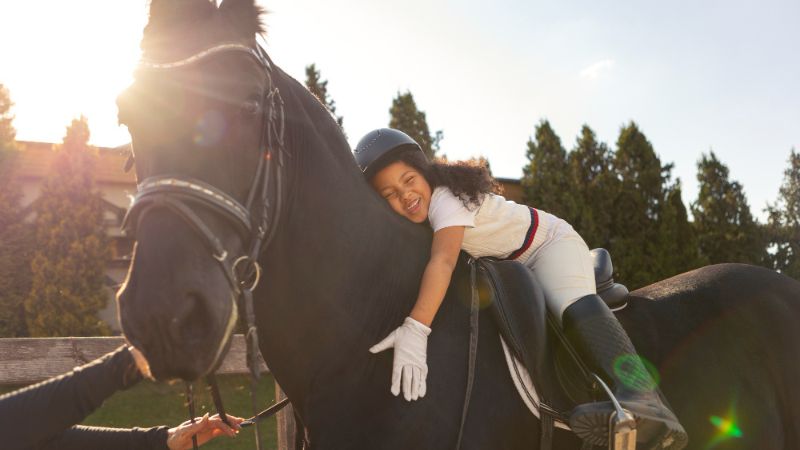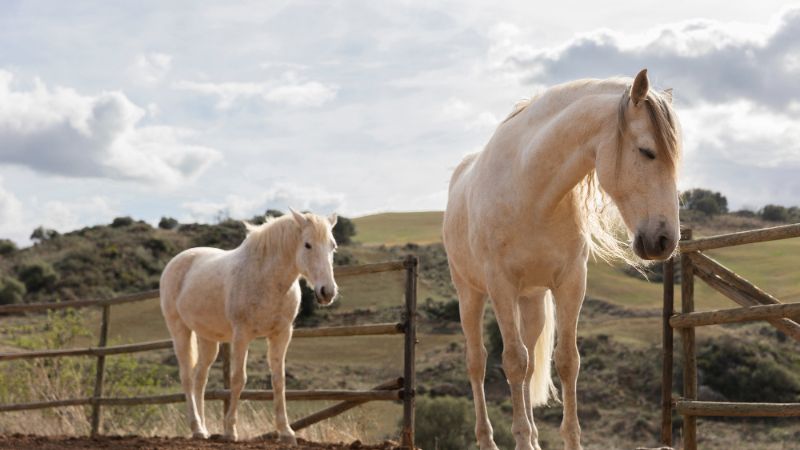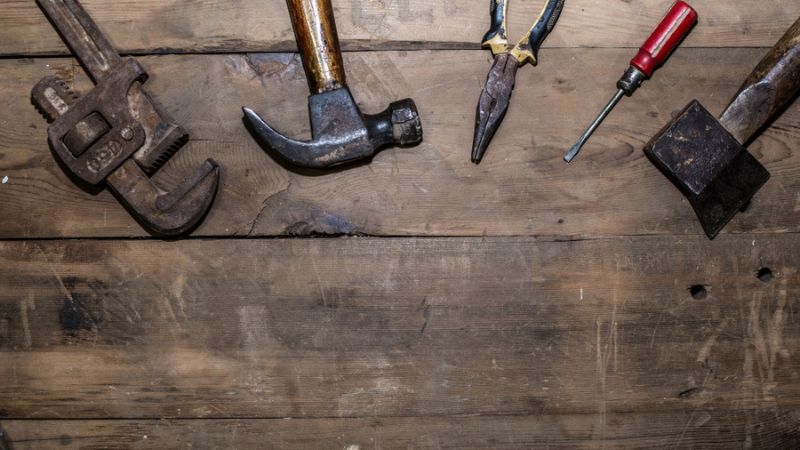Common Mistakes To Avoid In Cutting Horse Training – Cutting horse training is an intricate process that demands patience, skill, and a deep understanding of equine behavior. It’s not merely about teaching a horse to cut a cow from a herd but about forging a partnership built on trust and communication. However, amidst the complexity of this training discipline, there are common pitfalls that can hinder progress and compromise the welfare of both horse and rider. In this guide, we will explore these pitfalls and provide insights into how to avoid them.
Whether you’re a seasoned professional or a novice enthusiast, grasping the fundamentals of cutting horse training is essential. Rushing into advanced maneuvers without establishing a solid foundation, inconsistent or incorrect cueing, overtraining or undertraining, neglecting physical and mental conditioning, ignoring the horse’s feedback, failing to address behavioral issues, rushing progression, and inadequate rider skills are some of the pitfalls we’ll delve into.
By understanding and sidestepping these common mistakes, you can cultivate a more harmonious and productive partnership with your cutting horse, leading to greater success in the arena. Let’s embark on this journey to uncover the keys to effective cutting horse training together..
Common Mistakes To Avoid In Cutting Horse Training
Skipping foundational training:

Foundational training forms the bedrock of a cutting horse’s education. This includes basic obedience, desensitization to stimuli, and establishing a solid groundwork. Rushing into advanced maneuvers like cutting cattle before ensuring the horse has a strong foundation can lead to confusion and frustration for both horse and rider. Without a clear understanding of basic commands and cues, the horse may struggle to perform more complex tasks effectively.
Neglecting groundwork:
Groundwork lays the groundwork for a strong bond and effective communication between horse and rider. It involves activities such as lunging, leading, and desensitization exercises. Neglecting this crucial stage can result in a lack of respect, trust, and understanding between the horse and handler.
Without proper groundwork, the horse may exhibit behavioral issues such as spooking, bolting, or refusing to respond to cues.
Inconsistent cues:
Consistency is key when communicating with a cutting horse. Inconsistent cues can confuse the horse and undermine its training progress. Riders must ensure that their verbal, visual, and physical cues remain consistent across training sessions.
For example, if a rider uses different cues for the same command, such as using both leg pressure and voice commands to cue a turn, the horse may become confused and fail to respond appropriately.
Over-cueing:

Over-cueing occurs when a rider applies excessive or conflicting cues to the horse. This can overwhelm the horse and lead to confusion or frustration. Effective communication with a cutting horse requires clear, concise cues that are applied with proper timing and intensity.
Riders should strive to use the lightest cues possible to achieve the desired response, avoiding unnecessary pressure or force.
Ignoring signs of stress or discomfort:
Cutting horses are high-performance athletes that require careful attention to their physical and mental well-being. Ignoring signs of stress or discomfort, such as lameness, stiffness, or behavioral changes, can lead to serious health issues or performance problems.
Riders must be vigilant in monitoring their horse’s condition and address any concerns promptly with the help of a veterinarian or equine professional.
Read Also: The Importance of Proper Nutrition for Cutting Horses
Lack of variety in training:
Variety is essential for keeping cutting horse training sessions engaging and productive. Repeating the same exercises or routines can lead to boredom and plateauing in progress. Riders should incorporate a diverse range of activities, such as trail riding, obstacle courses, and cattle work, to keep the horse mentally stimulated and physically fit. Additionally, varying the training environment can help prepare the horse for the unpredictable challenges of cutting competition.
Pushing too hard, too fast:
Every cutting horse learns at its own pace, and pushing too hard or advancing too quickly can hinder its development. Riders must be patient and allow the horse time to understand and master each skill before moving on to more challenging tasks. Rushing the training process can lead to resistance, confusion, or even injury. It’s essential to set realistic goals and progress gradually, celebrating small achievements along the way.
Focusing solely on the horse:
While the horse is the primary focus of cutting horse training, riders must not overlook their own skills and abilities. Effective cutting requires coordination, balance, and communication between horse and rider.
Riders should continually strive to improve their riding technique, timing, and feel in order to effectively support and guide their horse during competition. Investing in rider education and seeking feedback from experienced trainers can help riders enhance their performance in the cutting arena.
Failure to address behavioral issues:
Behavioral issues such as bucking, rearing, or spooking can impede a cutting horse’s progress and compromise its safety. Ignoring or tolerating these issues can lead to more significant problems over time. Riders must address behavioral issues promptly and effectively using appropriate training techniques.
This may involve desensitization exercises, positive reinforcement, or seeking assistance from a professional trainer or behaviorist. Consistent, patient, and compassionate handling is key to resolving behavioral problems and building trust between horse and rider.
Not seeking professional guidance when needed:

Cutting horse training is a specialized discipline that requires skill, knowledge, and experience. While some riders may have success training their own horses, others may encounter challenges beyond their expertise. In such cases, it’s essential to seek guidance from experienced trainers who can provide valuable insights and assistance.
Professional trainers can offer personalized advice, tailored training programs, and hands-on instruction to help riders overcome obstacles and achieve their goals in the cutting arena. Investing in professional guidance can accelerate the training process, enhance performance, and ensure the welfare of both horse and rider.
Conclusion
In conclusion, navigating the intricacies of cutting horse training requires diligence, patience, and a deep appreciation for the bond between horse and rider. By avoiding common mistakes such as rushing progression, neglecting foundational skills, and failing to address behavioral issues, you can foster a more effective and fulfilling partnership with your equine companion.
Remember, success in the arena stems not just from technical proficiency but also from mutual trust and understanding. Stay committed to continuous improvement, listen to your horse’s feedback, and embrace the journey of growth together.
With perseverance and dedication, you can achieve your goals and enjoy the rewards of a strong and successful partnership in cutting horse training.
FAQs
What are the most common mistakes made in cutting horse training?
Rushing progression without mastering foundational skills, inconsistent cueing, overtraining or undertraining, neglecting horse’s physical and mental conditioning, ignoring behavioral issues, and inadequate rider skills are among the most common mistakes.
How can I avoid rushing progression in cutting horse training?
Focus on mastering basic maneuvers before advancing, maintain patience, and ensure the horse is fully prepared physically and mentally for each new skill or level.




